"WeAreBoor"
Member
- Joined
- Dec 19, 2021
- Messages
- 47
- Reaction score
- 22
This is a follow up to the above post... The Romans...

 about-history.com
about-history.com
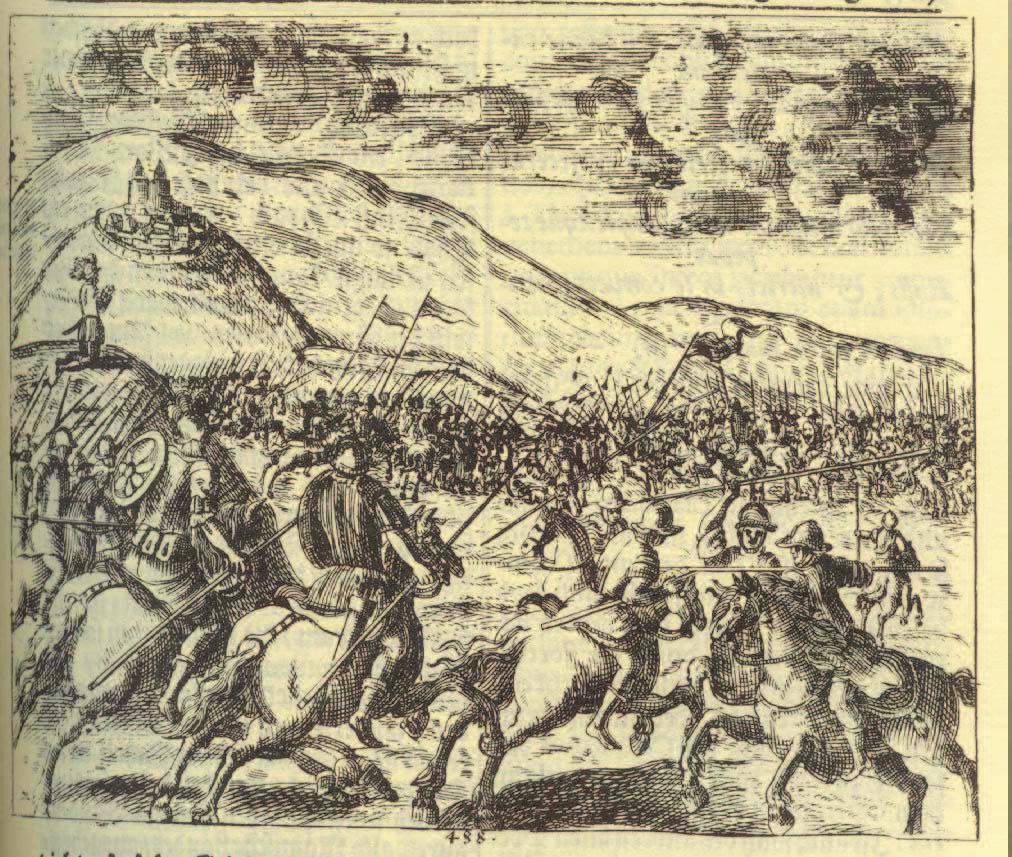
 en.wikipedia.org
en.wikipedia.org
 en.wikipedia.org
en.wikipedia.org

 en.wikipedia.org
en.wikipedia.org
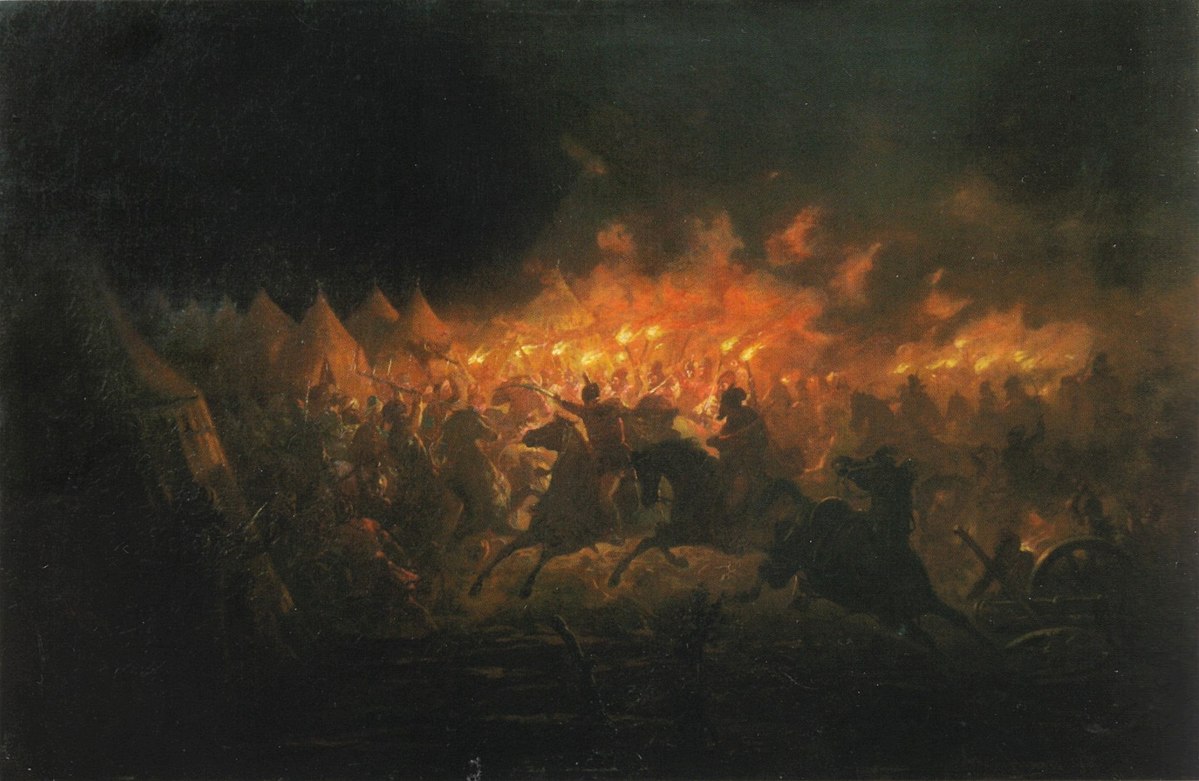
 en.wikipedia.org
en.wikipedia.org

 en.wikipedia.org
en.wikipedia.org
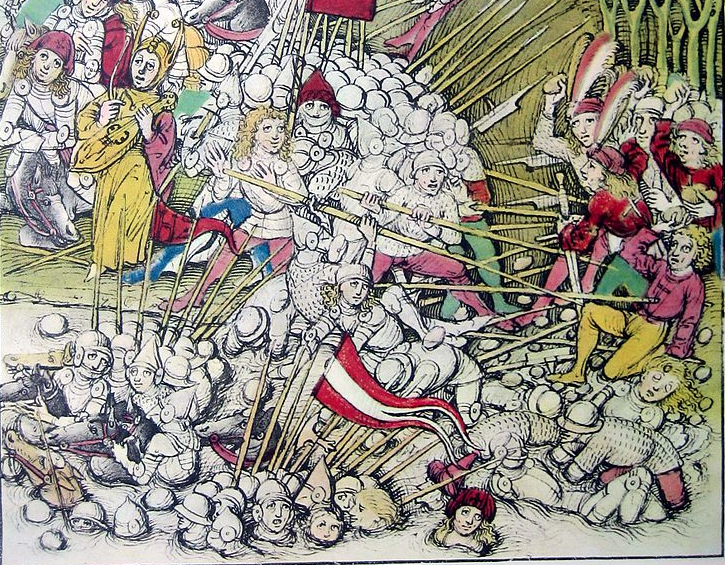
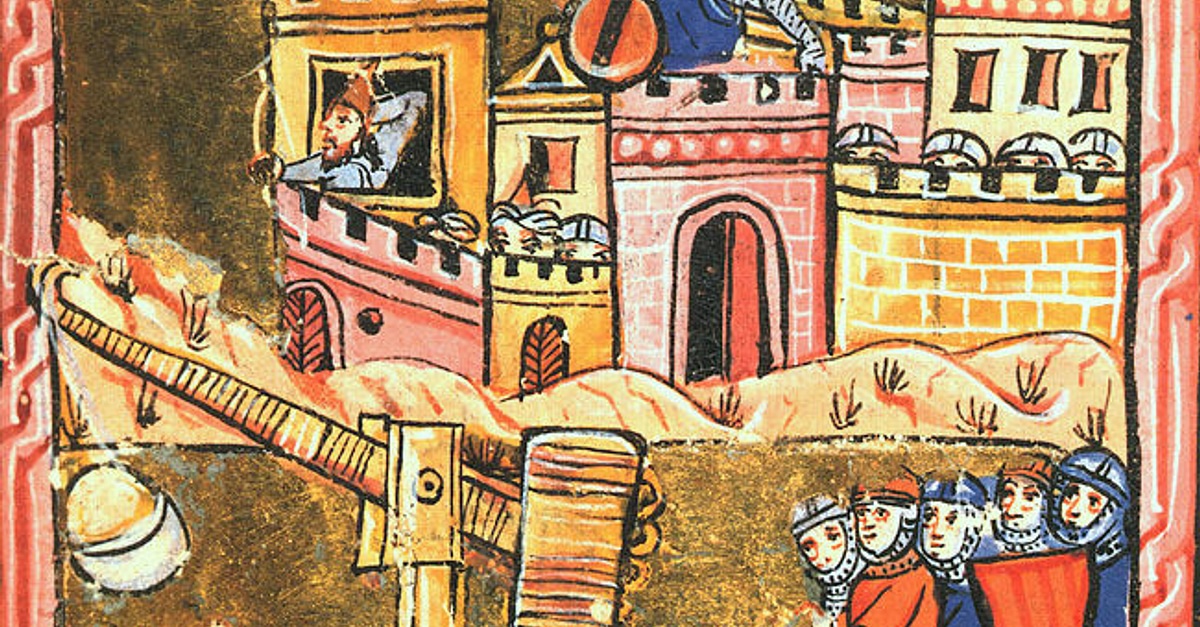
 en.wikipedia.org
en.wikipedia.org

 en.wikipedia.org
en.wikipedia.org
 en.wikipedia.org
en.wikipedia.org

 en.wikipedia.org
en.wikipedia.org

 en.wikipedia.org
en.wikipedia.org

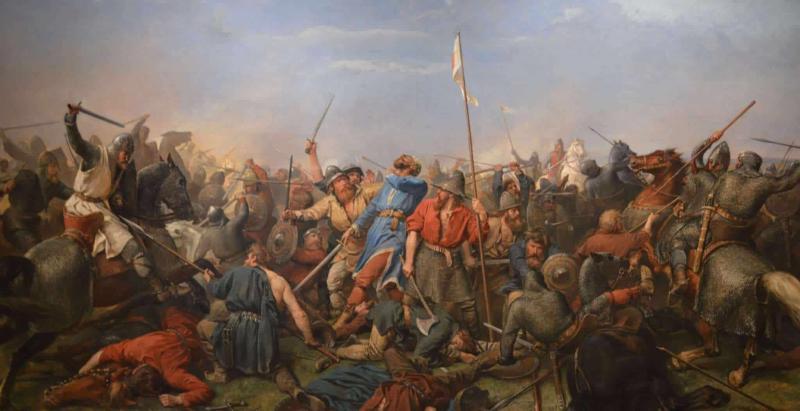

 en.wikipedia.org
en.wikipedia.org


 en.wikipedia.org
en.wikipedia.org
read thisHere is a battle that is called the Africa Teutoburg... @rittmeister , @Wehrkraftzersetzer

Battle of Suthul - Wikipedia
en.wikipedia.org
The Battle of Suthul was an episode of the Jugurthine War.[1][2] The battle was fought in 110 BC between the Roman force led by the legate Aulus Postumius Albinus and the army of Numidia, led by King Jugurtha. In 110 BC, the consul Spurius Postumius Albinus invaded Numidia, but left soon after to prepare elections in Rome. His brother Aulus Postumius Albinus got the leadership of the Roman army, but was easily tricked by Jugurtha, who trapped the Romans near the town of Suthul, which may be the same location as Calama, near modern-day Guelma in Algeria.
A video...
way better explanationread this
Sallust: Bellum Iugurthinum
www.thelatinlibrary.com
for fucks sake, if you are trying to wise-crack do it correctlyway better explanation
however Sallust(ius) could be described as
one of the intelligent proud boys of Rome
demanding Rome to take anything what wants
and o/c a friend of slavery
